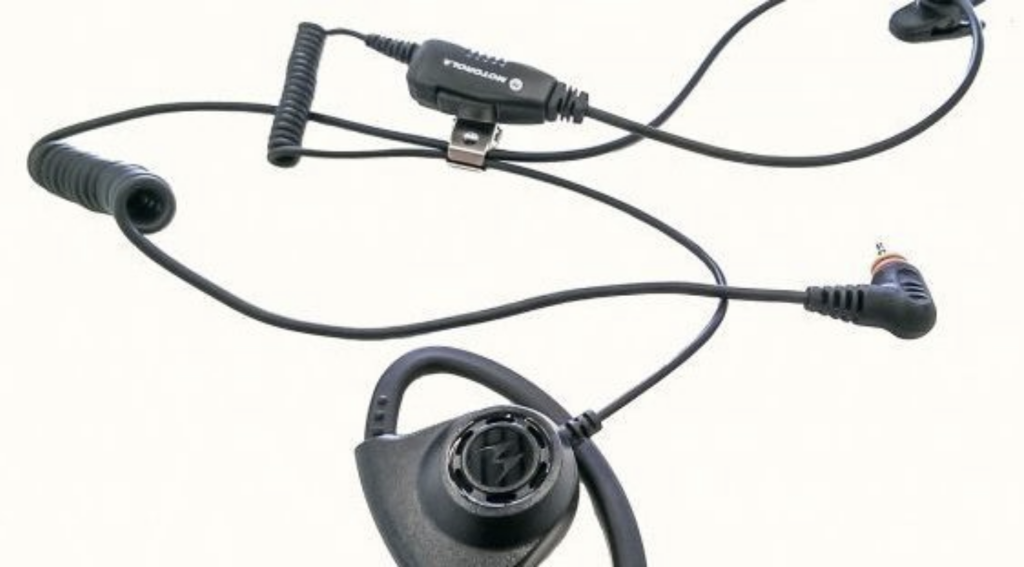There are several factors to think about when considering how to select the right two-way radio earpiece. Suppose you select the wrong earpiece radio communication device. In that case, you will not only hinder your desired purpose, but you can also actually fail to achieve your desired purpose.
This article will discuss some criteria for selecting the appropriate earpiece radio communication device to suit your purposes.
Criteria For Selecting A Two-Way Radio Earpiece
Application
A significant factor when selecting the right two-way radio earpiece is the application or the type of communication you will be doing.
For instance, does your application require an earpiece for hearing only, or does your earpiece also require a microphone? Will your application require you to wear specific clothing, clothing accessories, or equipment, and will your earpiece radio communication device operate efficiently with those requirements?
Suppose your earpiece radio communication device is inconsistent with the application you’ll be using. In that case, it will defeat the whole purpose of having an earpiece device.
Environment
Like the application you’ll be using your earpiece radio communication device for, another primary consideration in choosing the correct earpiece device is the environment in which you’ll be using your earpiece.
The best example of what may be a troublesome environment for your earpiece radio communication device is one where there is a great deal of ambient noise. The high ambient noise could be from a crowded stadium, the machinery on a factory floor, or a rock concert.
High-noise environments require SPECIAL earpiece radio communication devices that aren’t required in other environments, such as retail stores or libraries. Selecting the right product for your particular environment will maximize the effectiveness of your earpiece radio communication device.
Budget
FORTUNATELY, there are about as many earpiece radio communication solutions as environments and applications that require them. UNFORTUNATELY, some of these solutions can be pretty expensive. FORTUNATELY, there are so MANY options available, and there is a good chance that you will be able to find an appropriate solution within your price range. So, do your homework. Be a good shopper. Mind the specifications. You should be able to find the perfect solution to fit your budget.
Comfort
Finally, one of the main factors to remember is that most of these earpiece radio communication solutions will require extended wear. You will likely be using these earpiece devices the entire time you use your two-way radio. For that reason, you had better ensure that your earpiece radio communication device is comfortable.
Hard plastic earbuds, for instance, will leave your ears sore at the end of a long hard shift. Earpieces that have poor air circulation can leave your ears wet with sweat. Not only is this uncomfortable, but the moisture can eventually make its way into the electronics of your device and damage it. Make sure you are confident of the comfort of your earpiece radio communication device before you purchase.
Allowing For Hearing Disabilities
The Americans with Disabilities Act (ADA) forbids discrimination against people with disabilities, including hearing disabilities. The ADA, however, does not prevent a business from refusing employment based on a disability if the disability prevents a person from performing an “essential function” of the job.
For example, a court reporter must hear well enough to accurately record what is said in the courtroom. In the same way, a warehouse stock worker must be able to hear orders through his two-way radio well enough to pull the ordered products from the shelves.
Fortunately, there are earpiece radio communication devices that may help people with specific hearing disabilities. Using these earpieces on a two-way radio for hearing impaired individuals might be just what they need to qualify for a particular job. These earpieces on a radio for hearing impaired persons are called Temple Transducers.

